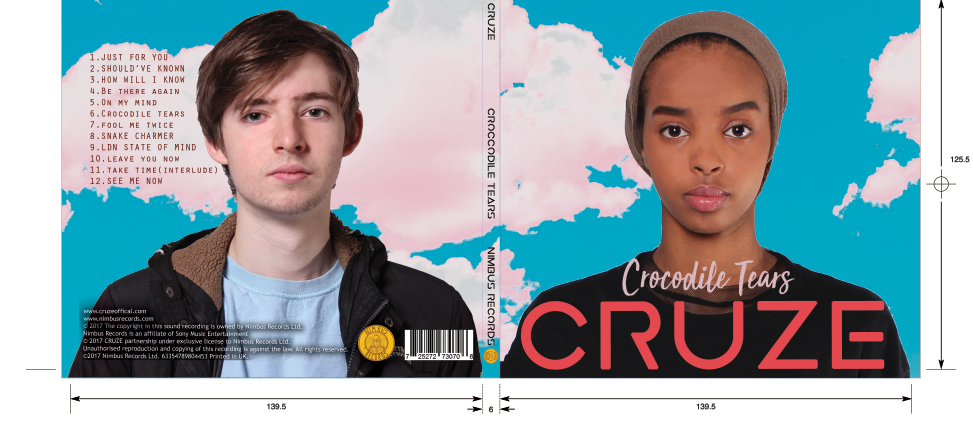It was really important to make a timeline as it helped us plan out the running order of the film's opening sequence. We made a group decision to make the timeline as we felt that it would be very useful for the final edit, animatic, storyboard and shootboard. The major advantage of making a timeline was that as our sequence is compromised of 5 different intertwining conversations and making a timeline means that it was much easier to organise the filming with the intentions of being very efficient.
 |
| Timeline |
We split our timeline in 3 different sections, beginning, middle, end and the various tracks were Video Track, Voice Track and Sound Track. This allowed us to make group decisions on how to split up the narrative order and make sure the sequence had a logical flow. The splitting of the various tracks also allowed for their to be more space to intricately fill it in and make sure that the sequence flowed well. Doing this was very helpful as it allowed the creation of the storyboard to be much easier and the editing process to be much smoother.
 |
| Beginning of the timeline |
The beginning of our timeline featured the main bulk of our titles as it contained the animated Film4 and Screen Gems titles, it is also where we introduced the majority of our characters through close ups and cross cuts.
 |
| Middle of the timeline |
The middle is where the bulk of the 'story' in the narrative sequence happens where the characters are being interviewed by Detective Sean Mann and reveal the premise of the story and their associations and, unknowingly, their involvement with the disappearance of Peter Smith.
 |
| End of the timeline |
The end of the timeline is where we set up what is going to happen in the rest of the film. This is where we present the 'cliffhanger' of the film with Peter's body being found dead and then all of the characters reacting to this.










No comments:
Post a Comment